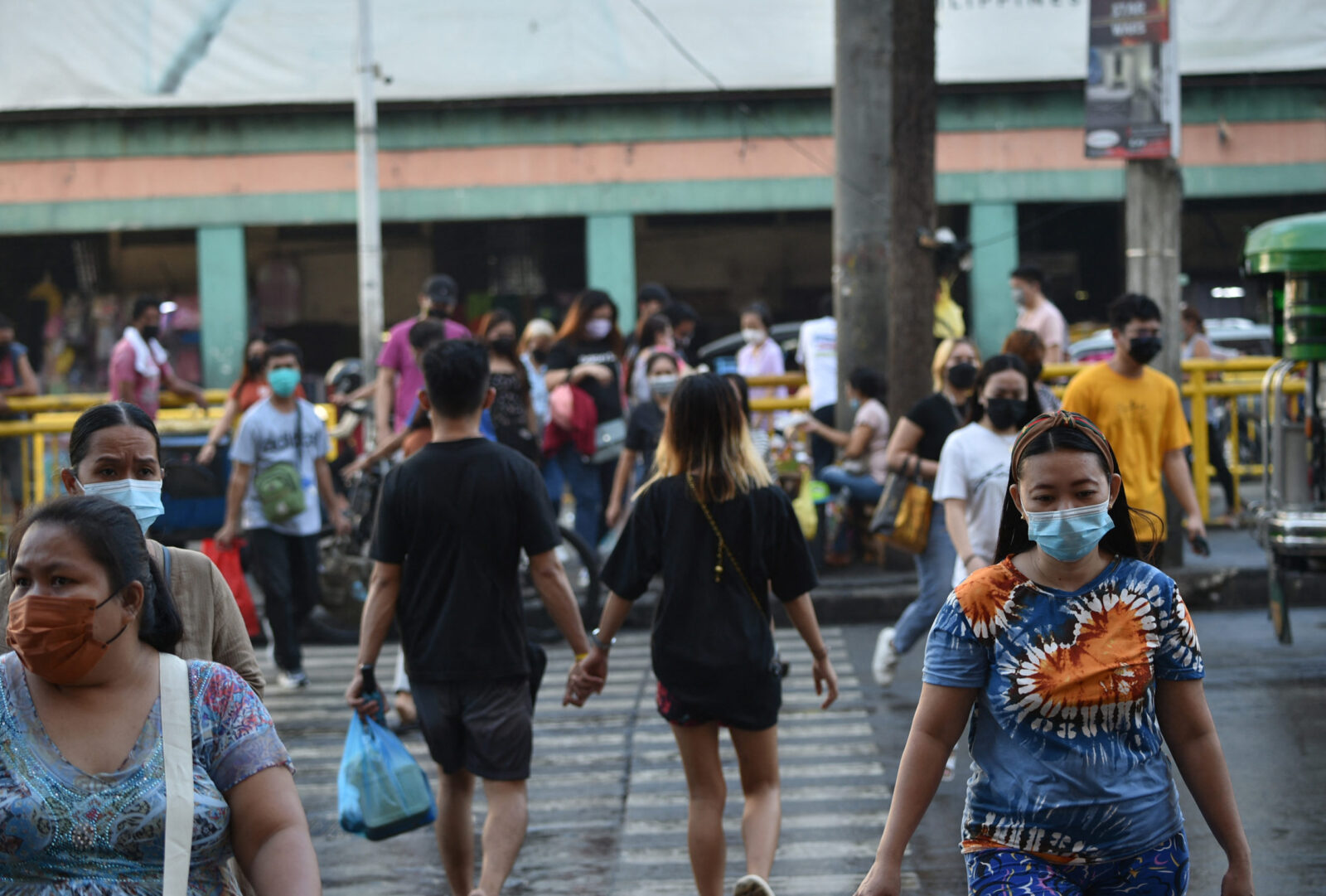Filipino consumers poised to spend more in 2025–BMI

Philippine households are poised to surpass pre-COVID purchasing power levels this year, supported by a recovering labor market and manageable consumer debt, according to BMI Country Risk & Industry Research, a unit of Fitch Solutions.
Average household purchasing power is projected to rise 12.5 percent above 2019 levels, with the upward trend expected to extend through 2029.
The sustained gains are likely to support broader economic expansion and drive retail sales—particularly in the country’s large network of shopping malls.
Despite the upbeat outlook, BMI maintained a “cautious but positive” stance on consumer spending, citing downside risks such as weaker remittance inflows and a potential slowdown in domestic economic activity.
Overall, the Fitch unit projects household consumption growth to ease to 4.5 percent year-on-year in 2025, reaching P13.1 trillion at constant 2010 prices, down from an estimated 5 percent expansion in 2024. Growth is forecast to rebound to 6 percent in 2026, pushing total spending to P13.9 trillion.
“Spending will remain influenced by the elevated inflationary pressures seen over 2025 as well as currently high debt levels, along with related debt servicing costs,” BMI said.
“A tight labor market will support spending, as real wage growth returns to positive territory, which will support purchasing power over the year,” it added.
The Philippine Statistics Authority (PSA) earlier reported that gross domestic product grew by 5.4 percent in the first quarter, falling short of market expectations after the specter of global trade war bruised business confidence.
Despite the external pressures, the economy found strength at home. Household consumption, which accounts for the bulk of economic output, rose 5.3 percent year-on-year, accelerating from 4.7 percent in the previous quarter. The pickup in consumer spending—measured by the PSA in constant 2018 prices—was attributed in part to easing inflation, providing some relief to Filipino households.
Looking ahead, BMI said consumer spending in the Philippines would depend largely on whether nominal income growth can keep pace with inflation. If wages rise in line with prices, purchasing power is expected to improve, offering a lift to household consumption.
But prolonged inflation—particularly in food—could force consumers to devote more of their disposable income to basic necessities, leaving less room for discretionary spending. BMI also flagged high household debt levels as a risk to the consumer outlook, noting that elevated debt not only limits borrowing capacity but also erodes current spending power.
“In 2025, the consumer sector is expected to be significantly impacted by a highly uncertain macroeconomic outlook,” it said.
“Persistent inflationary pressures, heightened trade tensions, fluctuating interest rates and the potential weakening of labor markets are key concerns. These factors, combined with elevated geopolitical and economic risks, are likely to shape consumer spending decisions, particularly on discretionary purchases,” it added.





















